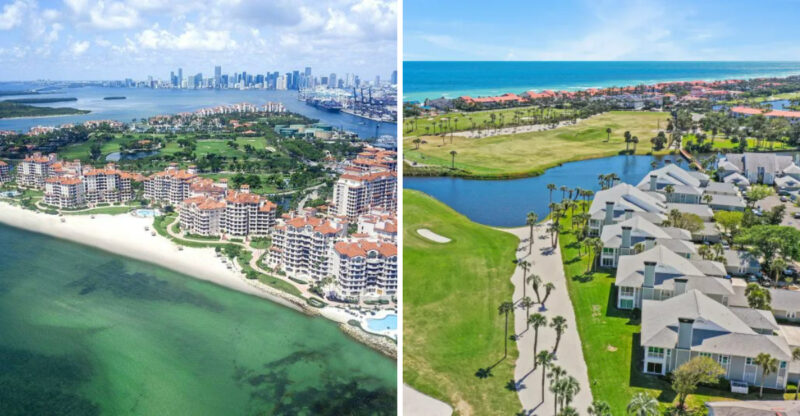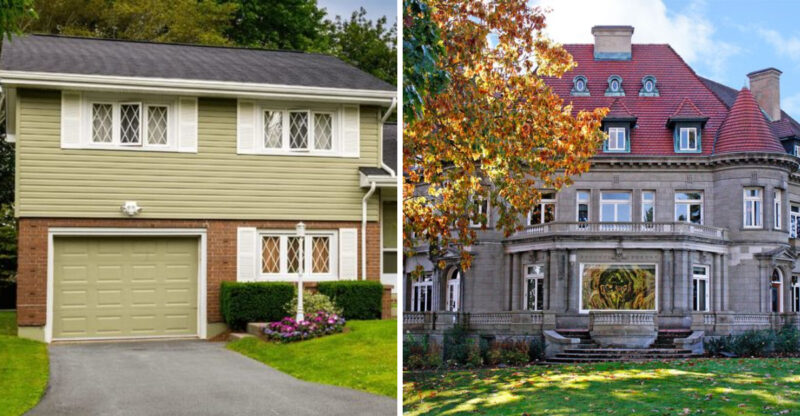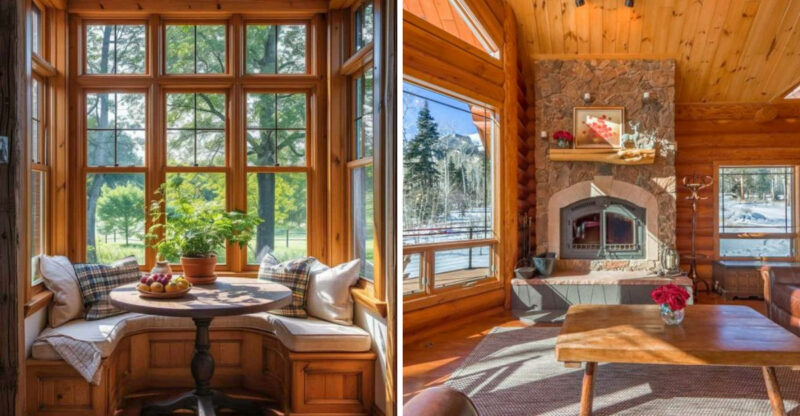12 Florida Towns First-Time Buyers Should Think Twice About
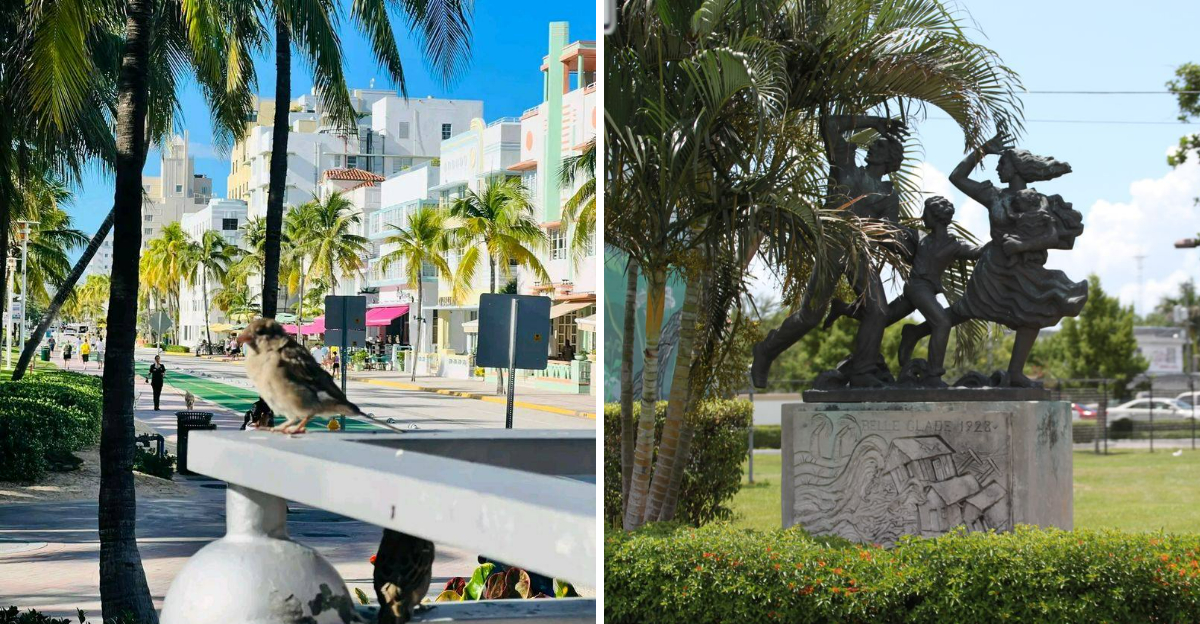
Buying your first home in Florida sounds like a dream come true with sunshine and beaches everywhere. However, not every town in the Sunshine State makes a smart investment for newcomers.
Some places come with hidden costs, safety concerns, or environmental risks that could turn your dream into a financial headache.
1. Miami Beach

Picture paradise with a price tag that keeps climbing. Your dream beachfront property might face serious flooding as sea levels continue rising year after year.
Hurricane insurance costs here can drain your budget faster than you expect. Many new buyers get shocked when they see their first annual premium statement.
Property values remain uncertain because of these environmental threats looming over the area.
2. Daytona Beach

Famous for racing, but the local economy hasn’t kept pace with other Florida cities. Crime statistics here make many families reconsider their moving plans completely.
Your home’s resale value might not grow as quickly as you’d hope in this market. Economic opportunities remain limited compared to neighboring communities along the coast.
Safety concerns pop up frequently in resident surveys and local news reports throughout the year.
3. Fort Myers

Rapid construction has changed this once-charming town into a crowded development zone. Water quality issues plague the area, with algae blooms becoming an annual nightmare for residents.
Overdevelopment means traffic jams and strained public services that can’t keep up with growth. Your investment might suffer as environmental problems scare away future buyers down the road.
Infrastructure struggles to support the population boom happening here.
4. Pensacola
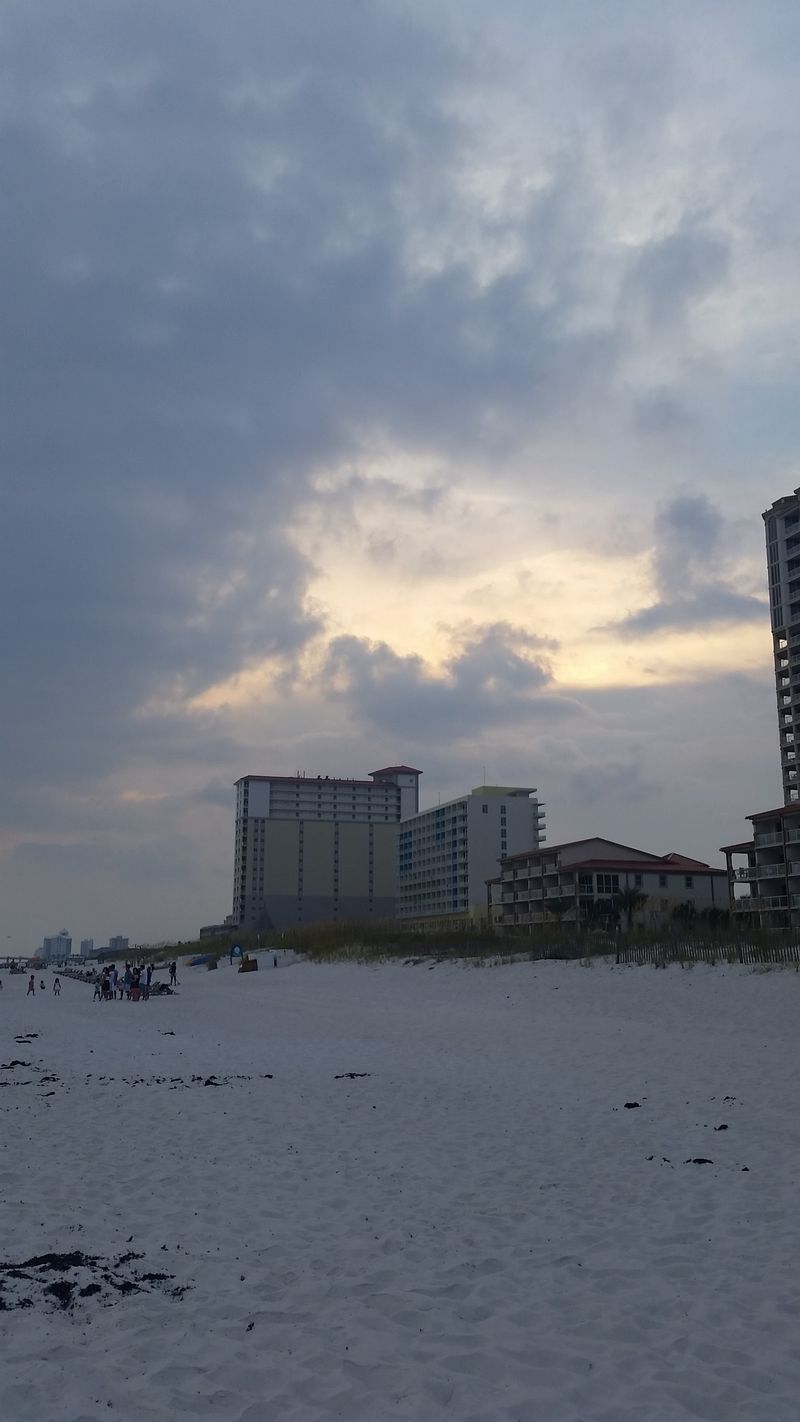
Beautiful beaches can’t hide the economic struggles this panhandle city faces daily. Crime rates here exceed what most first-time buyers feel comfortable accepting for their families.
Job growth moves at a snail’s pace compared to other Florida metros. Your home might not appreciate in value as quickly as properties in more stable markets.
Many residents express concerns about safety when walking around their own neighborhoods after dark.
5. Ocala
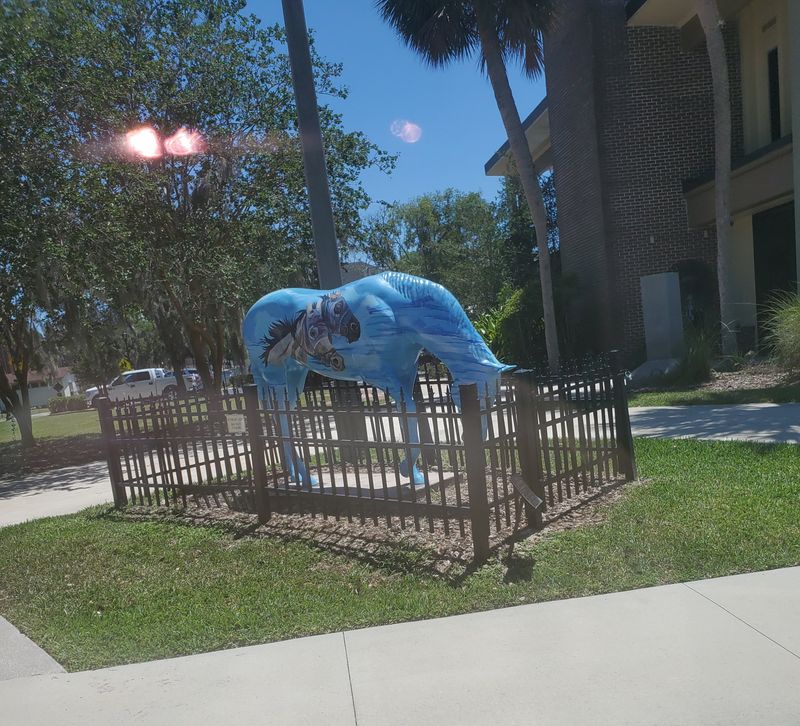
Affordable prices initially attract budget-conscious buyers looking for their first property. Unfortunately, those low costs come with one of the highest crime rates nationwide.
Safety should never be compromised just to save money on your home purchase. Property crimes and violent incidents occur far too frequently in many neighborhoods throughout town.
I’d recommend spending more elsewhere for genuine peace of mind and security for your family.
6. Lake Worth Beach
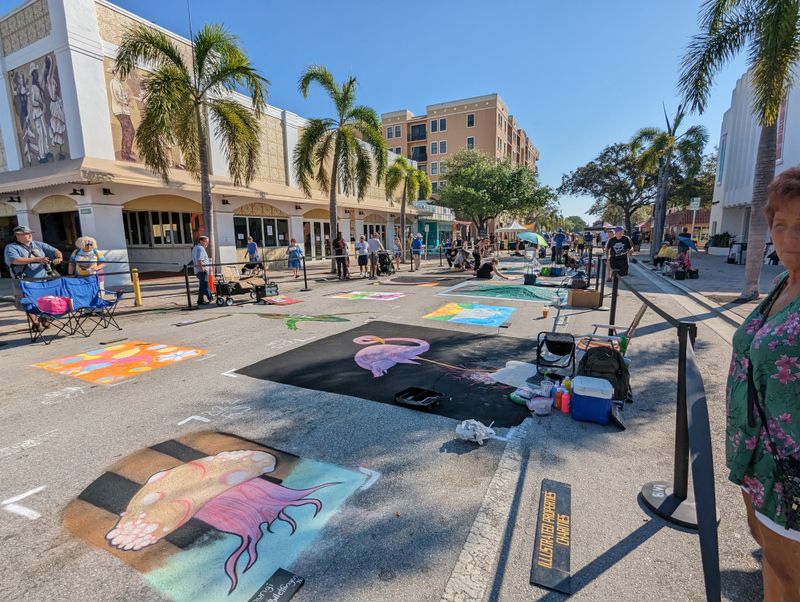
Gentrification creates an unpredictable housing market where values swing wildly between neighborhoods. Crime remains a persistent issue despite ongoing revitalization efforts by local authorities.
Your investment could go either way depending on which block you choose to buy. Some areas improve dramatically while others stagnate or decline over time.
First-time buyers often lack experience to identify which sections will actually appreciate in value.
7. Homestead
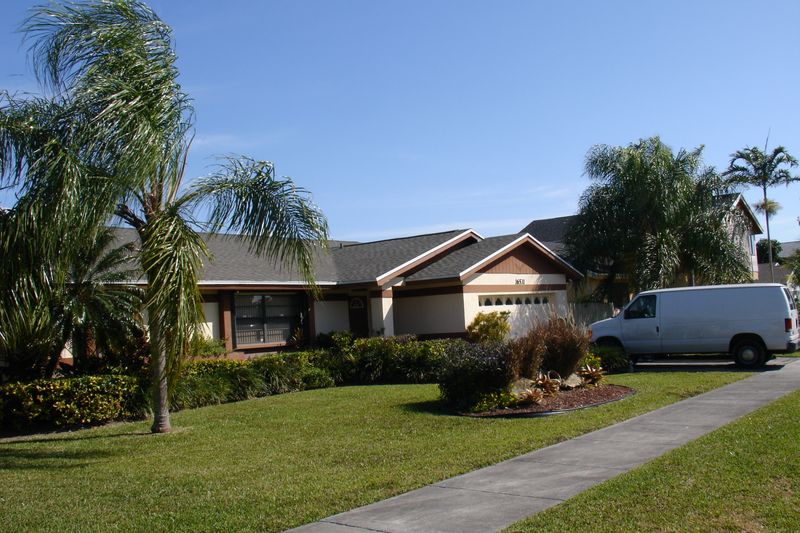
Hurricane Andrew’s devastating impact still echoes through this community decades later. Sitting in a prime hurricane zone means your insurance costs will skyrocket beyond reasonable levels.
Storm preparation becomes a yearly expense that adds thousands to your homeownership budget. Property damage from severe weather happens more frequently than most newcomers realize before moving here.
Rebuilding costs after each storm season can financially devastate unprepared homeowners quickly.
8. Pahokee
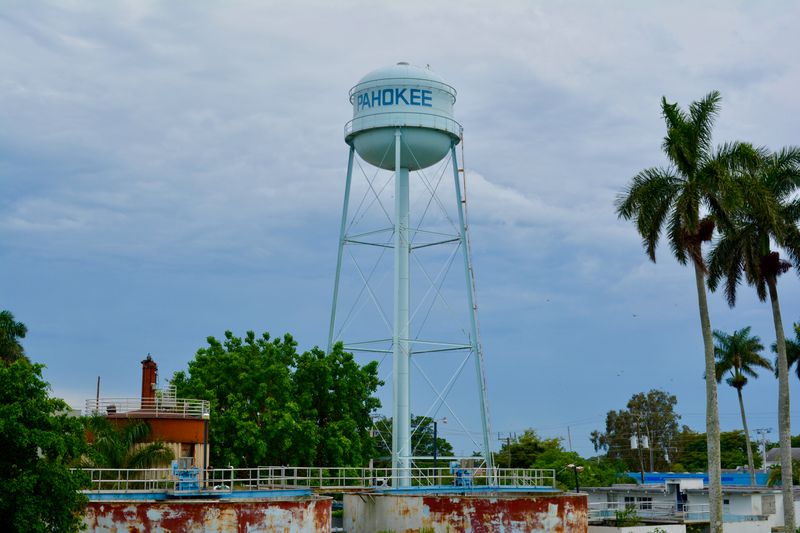
Rural charm sounds appealing until you realize how limited job opportunities really are here. Poverty rates remain stubbornly high, affecting everything from schools to local services available to residents.
Your home’s resale potential looks grim when the local economy offers few reasons to attract buyers. Distance from major cities means commuting becomes impractical for most professional careers.
Economic revitalization seems unlikely given current trends and demographic shifts happening regionally.
9. Florida City
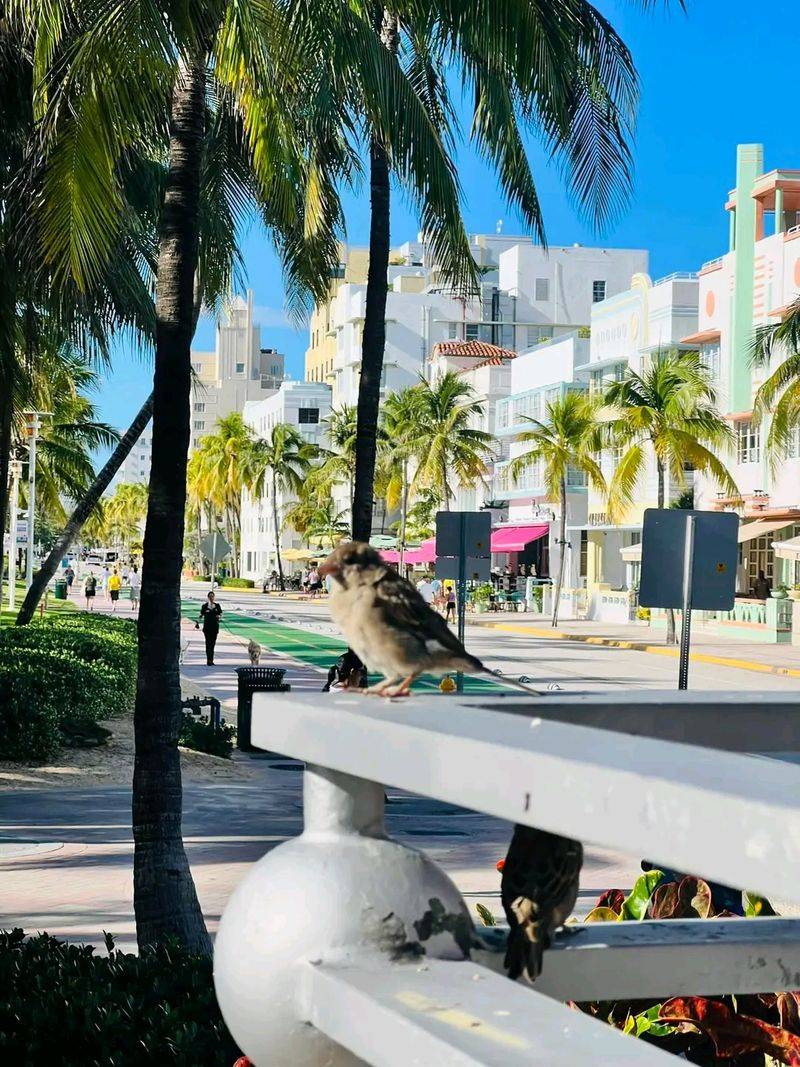
Gateway to the Keys sounds romantic, but this town struggles with serious crime problems. Property values remain depressed compared to nearby communities just miles away from here.
Economic opportunities barely exist beyond tourism-related jobs with seasonal inconsistency. Your family’s safety becomes a daily concern rather than something you take for granted.
Many residents leave as soon as they can afford to move somewhere more stable and secure.
10. Belle Glade

Agricultural roots define this town, but economic hardship defines daily life for most residents. Crime rates here rank among Florida’s worst, creating an environment unsuitable for most families.
Property values stay rock-bottom because few people want to move into such challenging conditions. Schools struggle with funding and performance, limiting opportunities for children growing up in the area.
Building equity becomes nearly impossible when market demand stays perpetually weak here.
11. Riviera Beach
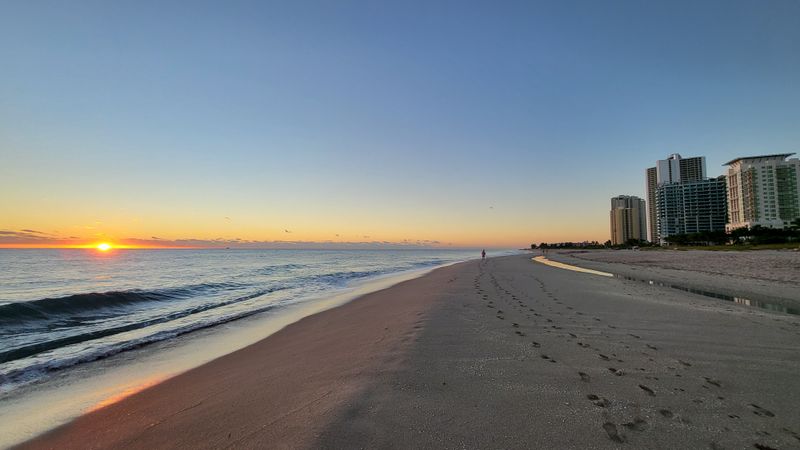
Located near wealthy Palm Beach, yet worlds apart in terms of safety and opportunity. High crime rates persist despite proximity to affluent communities with excellent public services.
Your property investment faces uncertain prospects when neighborhood safety remains questionable long-term. Economic development projects keep getting announced but rarely deliver meaningful improvements for existing residents.
Buyers often regret choosing cheaper options here instead of saving longer for safer alternatives nearby.
12. Opa-locka

Unique Moorish architecture catches your eye, but crime statistics should make you pause immediately. This Miami-Dade community consistently ranks among the most dangerous places in Florida for residents.
Property values struggle to gain traction when safety concerns dominate every neighborhood conversation. Economic revitalization efforts have repeatedly failed to transform conditions meaningfully over past decades.
First-time buyers deserve communities where they feel secure, not constantly worried about their surroundings.

